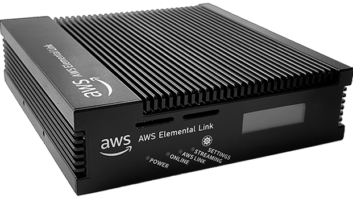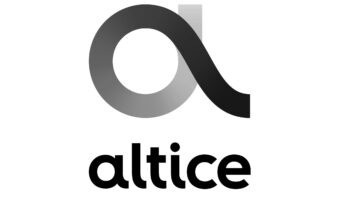The past nine months illustrate the innovative spirit and competitive nature of the video industry, with broadcasters and pay TV providers alike answering the challenge of new online video subscription services and multiscreen offers. New media companies such as Netflix and Amazon continue apace with launches of new and higher-resolution services to entice consumers. 4K/HEVC broadcast and streaming milestones have been achieved at events ranging from the world’s largest sporting events to opera performances and rock concerts.
At the same time, industry leaders feel the pull of two forces: IP as it becomes the world’s dominant video delivery technology, and connected device proliferation as it is predicted to reach 50 billion by 2020 – 15 billion of which will be video-enabled.
The key question is: how to keep pace with rapid changes in video technology and consumer demand without breaking the bank, over-provisioning resources, and taking unnecessary risks? Traditional video infrastructure must give way to flexible models that accommodate new and emerging requirements. New solutions also need to support business models that are shifting from high-fixed and low variable costing to low-fixed and high variable infrastructure expenditures.
Broadcasters, pay TV operators, and new media players rolling out premium video streaming services can immediately respond to changes in consumer demand, strengthen their competitive position, and speed time to market by deploying software-defined video as the core of their next-generation infrastructures.
Software-defined video frees video providers from the constraints of dedicated equipment by allowing for the best architecture and processor combination to be used for a particular application – even if that application changes over time.
This infrastructure-agnostic approach to video processing enables the transition to new video codecs such as HEVC, advanced audio codecs, advanced colour spaces, increased colour bit depth, forensic watermarking and new display formats such as 4K Ultra HD.
Because software-defined video relies on general-purpose processors, specific video processing functions can be virtualised in public or private data centere or reside in cloud-based infrastructures. Integrated cloud platforms can ramp resources up and down depending on demand, preventing over-investment in infrastructure.
One of the hottest topics at IBC this year will be time-shifted services that enrich live TV experiences, can be adapted for multiscreen viewing and offer new ways to package live content alongside targeted advertising.
Increasingly, consumers expect their video anywhere, on any device and to view that content with DVR controls like time delay, pause or repeat. With a software-defined video delivery platform, multiscreen delivery of advanced live-to-VoD services such as catch-up TV, start-over TV and nPVR can be integrated at any time, at any time, allowing for even more flexibility and scalability.
An example of this is Elemental Delta, which is making its public debut at IBC. With origin services, just-in-time packaging and end-to-end content protection, Elemental Delta lets content owners and distributors implement time-shifted TV services and dynamic ad insertion while reducing video distribution costs for multiscreen delivery.







